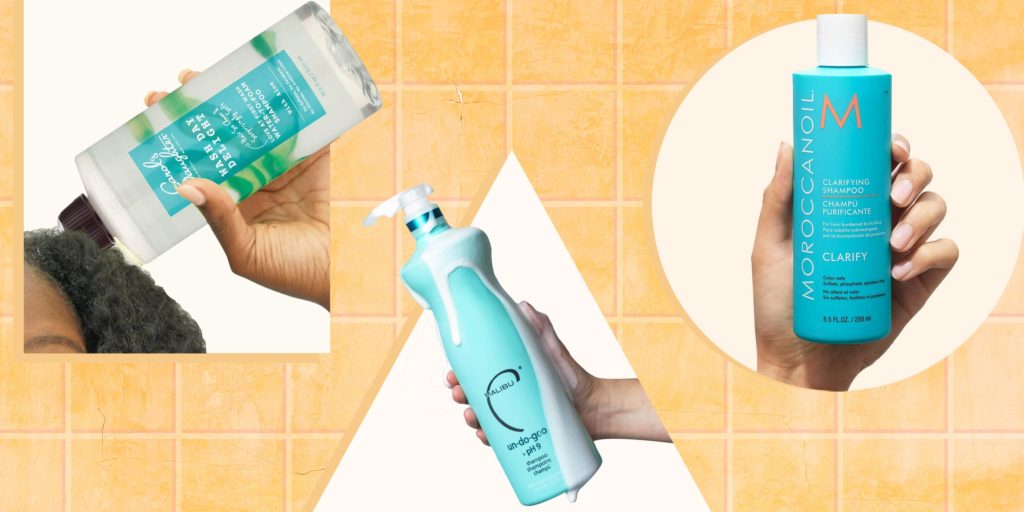If you have color-treated hair, you may be wondering what shampoo is best. Luckily, there are several options available that will protect the color. Start with a shampoo that is specially formulated to protect color-treated hair. A shampoo with added color protection is your best bet. Once you’ve found the right shampoo, you can switch it every week to prevent color fading. Read on to learn more. The right shampoo can make all the difference!
Color-treated hair is prone to damage, and regular trimmings will help prevent split ends and breakage. Trims can also help prevent frizz. Frizzy hair is a sign of damaged hair, and regular trims will prevent this. A color-treated hair stylist can recommend a variety of styles to help a color-treated client keep it looking fresh and healthy. Here are a few ideas for color-treated hair.
Wash your color-treated hair less often. Avoid shampoos that contain sulfates, which can strip the color away more easily and cause unwanted side effects. Shampoo and hair dye can react, causing unwanted brassiness or color changes. Make sure you choose a shampoo that doesn’t contain sulfates, as these can strip away the natural oils in your hair. A good rule of thumb is to wash your hair between one and three times a week.
Once you’ve washed your color-treated hair, you’ll need to follow up with a quality conditioner. A color-safe conditioner forms a protective barrier around your strands, sealing the cuticles and locking in moisture. This protects the color and helps keep it looking fresh for longer. Moisture-protecting shampoo will also help you preserve the color and make your hair look healthy. So, before heading out in the summer, remember to wear a hat to protect your hair from the sun’s harmful UV rays.
While a permanent color can last for up to two weeks, it can fade quickly. This is because the pigments in permanent hair color are larger and easier to wash out. Therefore, it’s important to wait a few days before shampooing your hair. It’s best to do a strand or patch test first, so that you can see if the color is safe for you. If you do color your hair yourself, you should be careful not to cause too much damage to the cuticle or scalp. And, if you cut your hair too short, wait at least 72 hours before washing it.
When it comes to shampoo for color-treated hair, a protein-infused shampoo will help get rid of product buildup. A shampoo with amino acids and zinc will help protect the color, while the protein-enriched formula will restore the elasticity of your hair and prevent dandruff. Whether you are looking for a shampoo for your color-treated hair or a multi-benefit formula for your scalp, the best shampoo for color-treated hair is one that doesn’t contain ammonia.
If you’re a regular swimmer, you may want to use a chelating shampoo. Hard water can also cause hair color to fade, so it’s important to take extra care to protect it. Another way to protect color is to use a good shower head with a water filter. In addition, stylists recommend saturating your hair with a chelating shampoo before swimming in order to prevent the chemicals from penetrating your hair.

